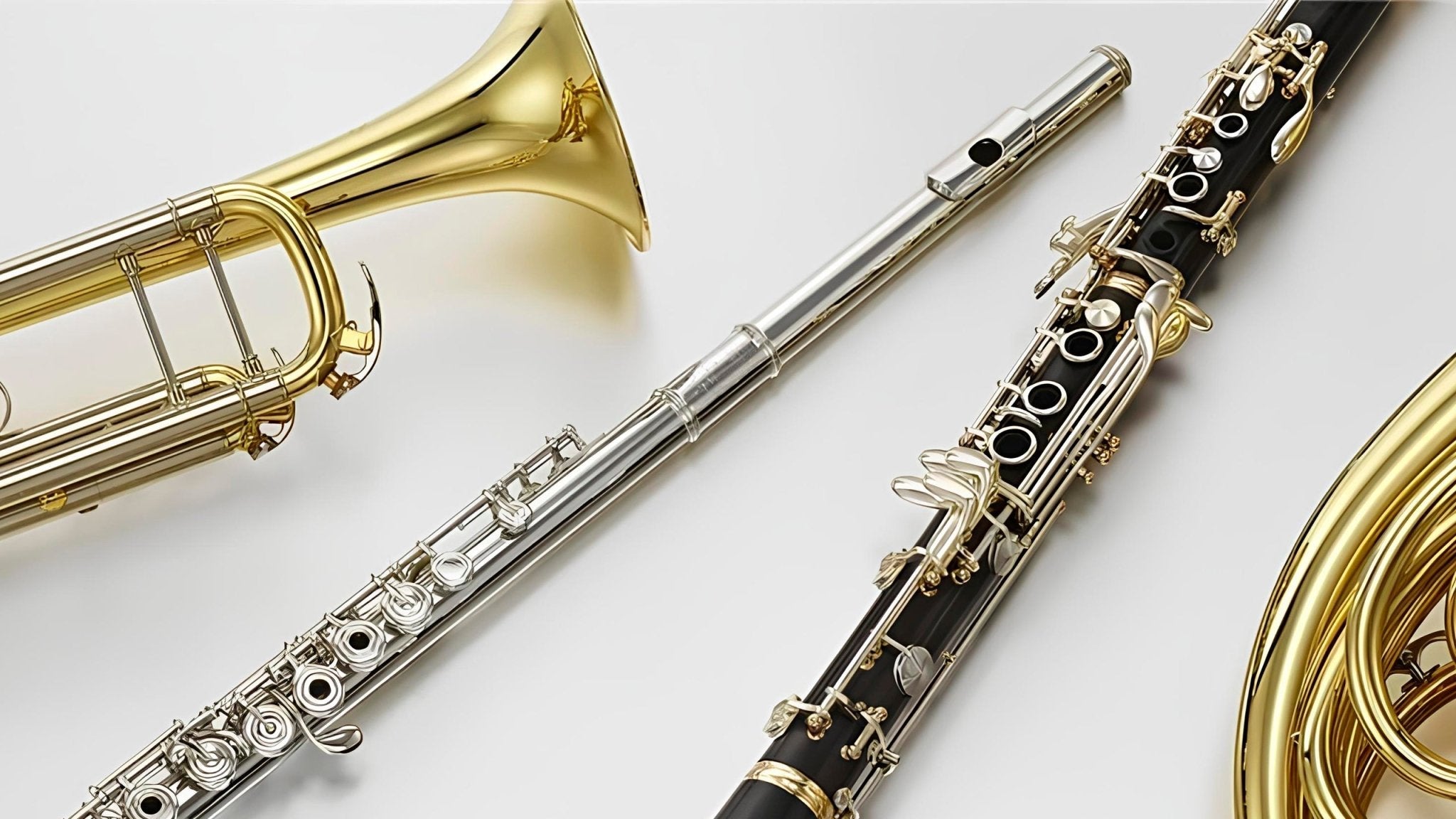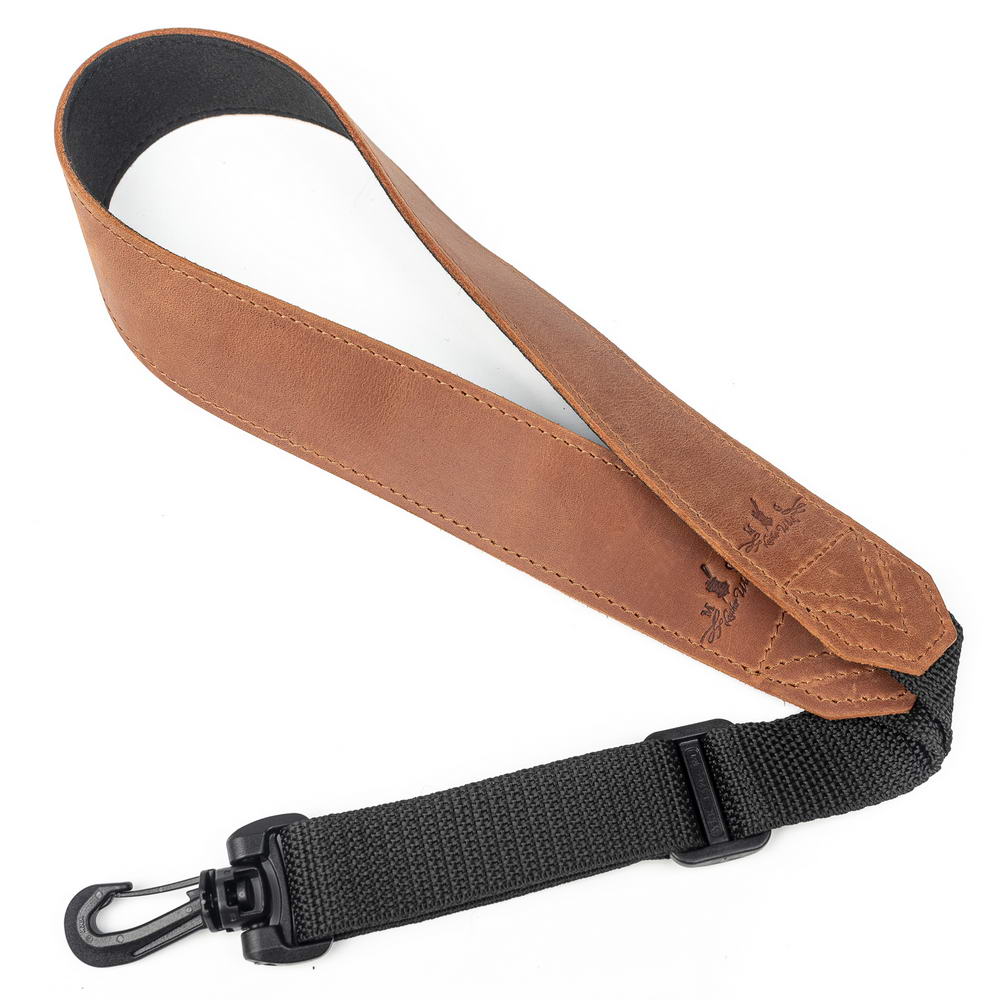
Facts About Various Musical Instruments and Their Features

Each musical instrument has its own history, playing technique and survived various transformations until it became what we know today. In this article, we will explore cool and interesting facts about various musical instruments and their features.
Trumpet
Among the whole brass family, this instrument produces the highest notes. Orchestras usually have from two to four trumpets. Earlier, trumpets were used to announce the presence of the royal family, send signals over long distances and draw attention of people. Due to its versatility, apart from orchestras, trumpets find their place in jazz, marching, and concert bands. The trumpet has three valves, each of which introduces a unique length of tubing and thus affects the pitch. By pressing valves in various combinations, trumpet players can create different notes and play a broad repertoire.

Flute
Flute is considered a woodwind instrument, although nowadays, it’s mostly crafted from silver, brass, nickel, and gold. Unlike brass instruments, to produce sound on the flute, musicians don’t need lip vibration, however they blow their breath over the edge of the hole of the instrument’s head, while holding it in a horizontal position. The sound is formed due to the vibration of air. In orchestras, there are usually at least two flutes, however they could have three or four of them. Flute sections in orchestras can also include piccolo flutes, which look half the size of standard flutes.

French Horn
The history of this curved instrument goes hand in hand with hunting, as it’s based on early hunting horns crafted from animal horn. It has the smallest mouthpiece compared to other brass instruments, which stands out due to its funnel shape. To change the note, horn players press keys on the horn. In this way, they open valves in the tubing and change its length. Air travelling through a short tube results in a higher note, and air travelling through a longer tube produces low notes. To change the sound of the instrument and make it resemble an echo, horn players put their hand inside the bell. When musicians put their hand inside the bell, they control how much air can escape from the tubing. Therefore, this action also affects the pitch of the note.

Trombone
For many years, the trombone was associated with church music. This representative of the brass family uses a metal slide to change the pitch instead of valves. Orchestras typically have three trombones that play in a trio. While playing, musicians hold the instrument in a horizontal position, buzz into the mouthpiece and use their right hand to pull and push the slide to change the length of the tube and consequently change notes. When the musician extends the slide to its full length, the note sounds the lowest.

Flugelhorn
Developed from hunting horn, flugelhorns gained their special popularity in the 1850s. Unlike with the trumpet, whose narrow bell opens quickly at the end, the flugelhorn’s bell opens sooner and broader. This influences the sound, making it darker than trumpet’s bright sound. The tubing of the flugelhorn is wider and more conical compared to the trumpet’s tubing. These two instruments also differ due to their mouthpieces. Flugelhorn mouthpieces are conical and shorter and usually have a deeper cup. The flugelhorn holds its special place in jazz, orchestral and concert music settings. The famous musician Miles Davis used the flugelhorn in his recordings.

Cornet
Compared to the trumpet, the cornet has a more compact shape, shorter and curved body, conical bore and mellow sound. Cornets were the first to adapt valves, which allowed them to produce melodic passages, while the valve technology for trumpets was slower to incorporate. The cornet became very popular in American jazz music in the late 19th and early 20th centuries. Famous jazz musician Louis Armstrong started his career playing the cornet, establishing it as a prominent instrument in jazz settings before musicians switched to trumpets because of their brighter sounds.

Saxophone
The saxophone is associated with jazz music. You may hear its solos across this genre. However, in old videos featuring jazz music, you can rarely see this instrument. This is because early jazz musicians tried to avoid the sax and preferred cornet instead. Compared to other woodwind instruments, the saxophone has the widest range. The conical bore with tube narrowing toward one end allows it to produce sounds resembling human voice. This feature helps the instrument convey versatile emotions and makes it the most popular instrument for solo performance.

Recap
Every brass and woodwind instrument has its own unique features, making it a favorite within a certain genre and requiring a peculiar playing technique. The role of many instruments changed significantly since the time they were invented. We hope our article provided you with interesting information about musical instruments.

At our website you can also learn about the most frequently asked questions about the trumpet and 10 most popular flute brands.
If you already play one of the above-mentioned instruments or planning to start your musical journey, check out our leather accessories for brasswind and woodwind instruments. We also have useful accessories for guitars, drums, and orchestral string instruments.






 https://mgleatherwork.com/pages/about-us
https://mgleatherwork.com/pages/about-us





Leave a comment
This site is protected by hCaptcha and the hCaptcha Privacy Policy and Terms of Service apply.